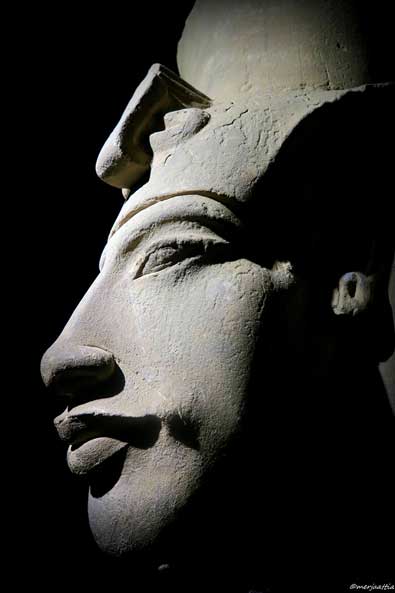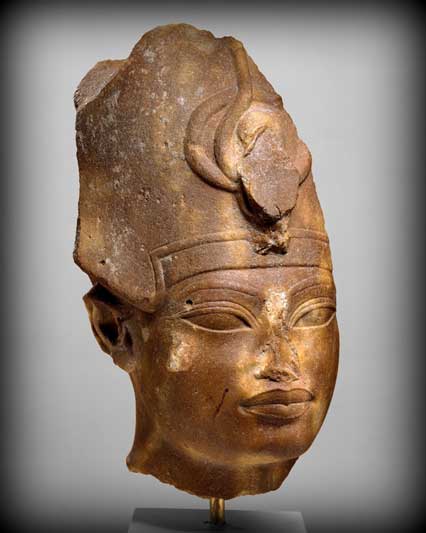
A Sinister Plot to Eliminate the Sun King: The Assassination of Akhenaten—Part I
The Pharaoh clearly had enough of life at Thebes (Waset). His determined attempts to introduce Atenism—a syncretism of the Memphis-Heliopolis solar philosophy, with a deification of kingship dating from Amenhotep III's Heb-Sed—doubtless raised the hackles of the Amun priesthood and caused much consternation amongst them.
The bad blood that was created when the unconventional Neferkheperure-waenre Amenhotep (IV)-netjerheqawaset (later Akhenaten) threw caution to the winds, probably escalated into an overt display of antagonism against his reign and policies that were considered an affront to Ma’at. But could the forces that had developed a visceral hatred of the radical king have dared to kill him? If extant records are an indicator, such a conclusion is no flight of fancy.

This colossal sandstone sculpture of Pharaoh Akhenaten was discovered – among scores of others – in situ at Karnak Temple; where it was attacked and felled to the ground by furious agents of the Amun priesthood. National Museum of Alexandria.
Same Old New Aten
According to James Hoffmeier, the Aten did not burst on the scene with the reign of Amenhotep IV in the mid-Fourteenth century BC with no pre-history. The word “itn” can be traced back to the Fifth Dynasty, where it was associated with the funerary cult. At the start of the New Kingdom, Ahmose I, its founder, is praised on a stela as the "Aten when he shines". His successor, Amenhotep I, becomes in death "united with the Aten, coalescing with the one from whom he had come". In his temple at Tombos in Nubia, Tuthmose I was depicted wearing the sun disk; followed by the hieroglyphic sign for 'god'. Pharaoh Hatshepsut mentioned the solar deity on her obelisk at Karnak Temple:
"All foreign lands are my subjects,
He placed my border at the limits of heaven,
What Aten encircles labors for me."

This quartzite head shows King Amenhotep III wearing the Blue Crown (also called the War Crown). The facial features show the stylistic elements of his later representations: highly arched brows, elongated almond-shaped eyes, and full, sharply outlined lips. Metropolitan Museum of Art, New York.
Thutmose IV issued a commemorative scarab on which the Aten serves as a god of war; a role generally associated with Amun. Still later, the deity gained prominence when Thutmose’s son, Amenhotep III, came to the throne and equated himself not just with Amun, but also claimed that he was the incarnation of Ra. In fact, one of that king's epithets was Tjekhen-Aten, or 'radiance of the Aten', a term which was used in several other contexts during his reign. Nebmaatre envisioned that the gigantic 65-foot-high (20 meter) quartzite statues of himself (the renowned Colossi of Memnon) in his funerary temple should “gleam into people’s eyes like the rising Aten”.
Unlike the legion of Egyptian gods and goddesses, the Aten was not depicted in anthropomorphic form, but was instead represented in abstract form, as a radiant solar disc with a uraeus and rays emanating from it ending in hands, either left open or holding ankh symbols. Also, the deity’s name was ensconced within a royal cartouche.




